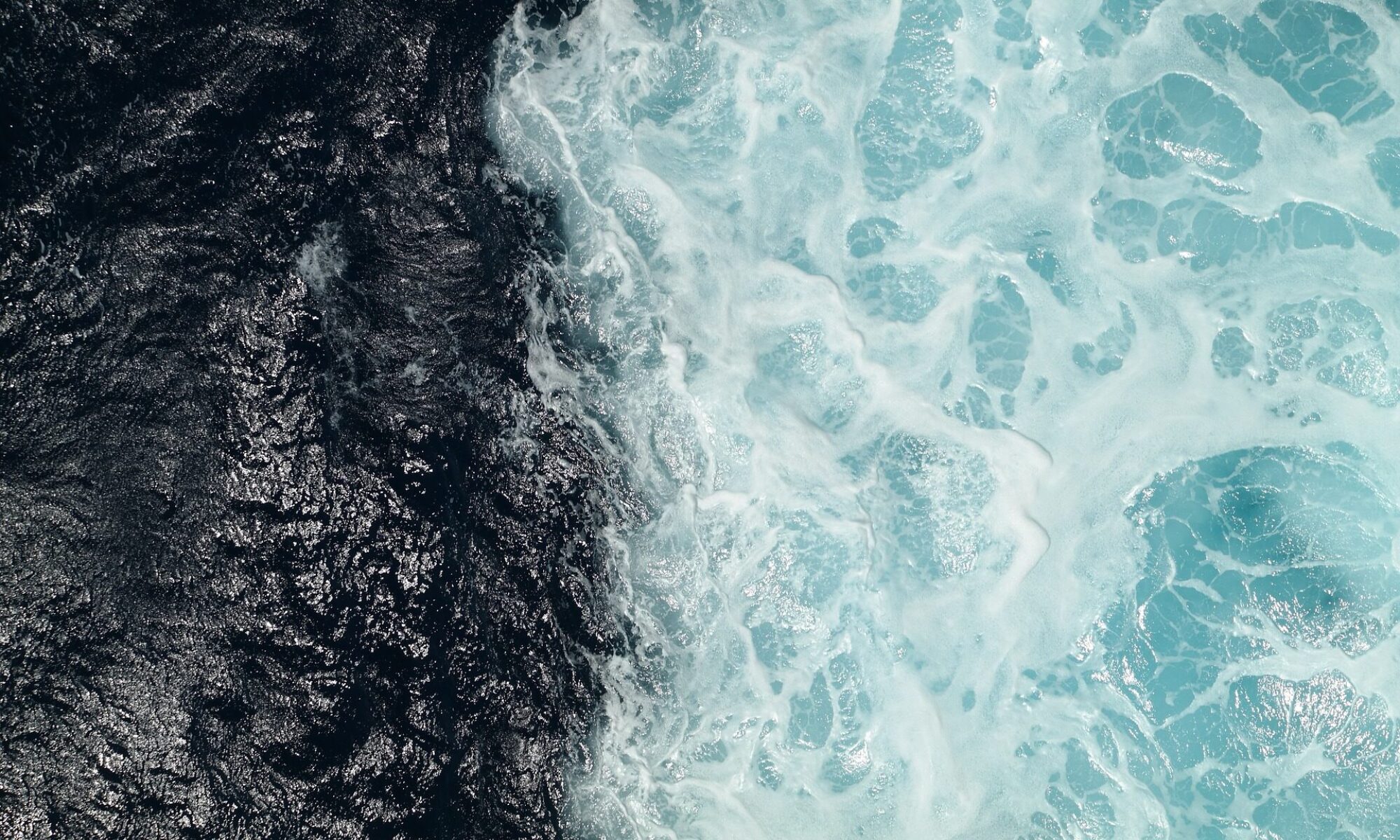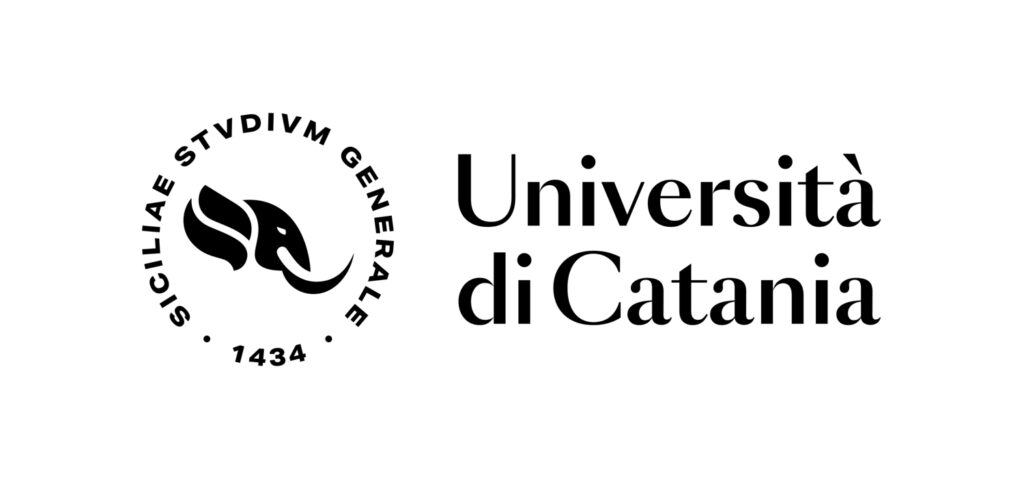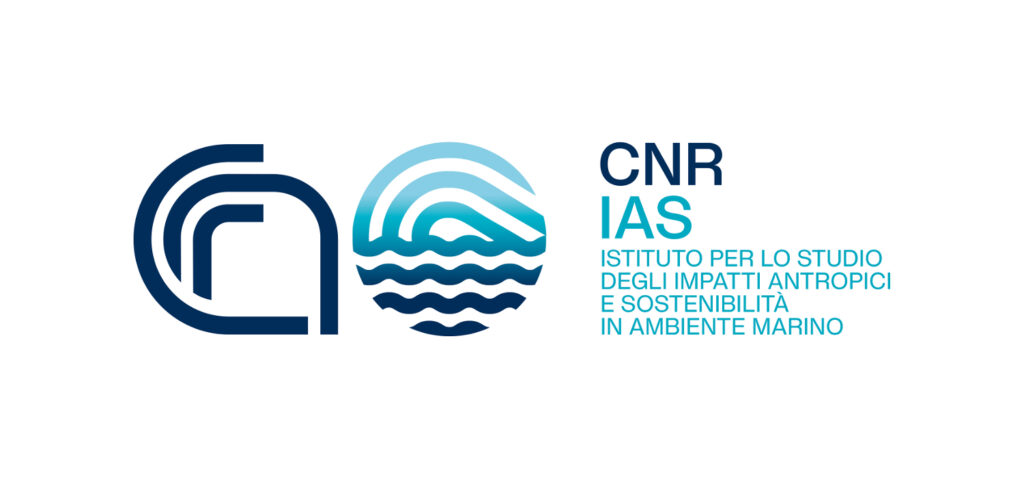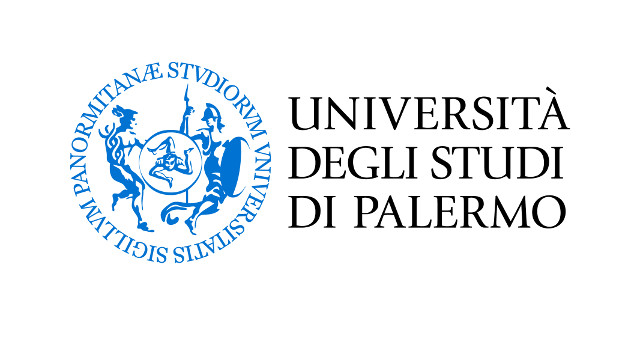 UNIPA is the LEAD PARTNER of the project, with Prof. Giuseppe Ciraolo as the scientific responsible.
UNIPA is the LEAD PARTNER of the project, with Prof. Giuseppe Ciraolo as the scientific responsible.
UNIPA has a vast experience in the operation of advanced environmental monitoring and modelling systems for the determination of environmental variables. In particular, UNIPA has developed extensive expertise in remote sensing applications for water quality monitoring, modelling and management. These skills have also been acquired thanks to the collaboration with other national and international institutions (e.g. University of Edinburgh, CSIRO, University of Budapest, USDA, JRC and University of Malta).
The ability to combine advanced monitoring systems and numerical modeling is the added value of the researchers involved. These researcher have developed, over the last 20 years, a great deal of experience in managing complex operational projects and in coordinating the actions of the partners.
i-waveNET benefits from the data collected by the HF coastal radar network installed during the CALYPSO projects in which the UNIPA team has gained strong experience and expertise in solving technical (and bureaucratic) problems related to the installation of HF radars in the ports of Pozzallo and Marina di Ragusa and Licata. UNIPA plays an important role in the involvement of Italian stakeholders. Furthermore, the university developed algorithm chains for data gap filling and short-term prediction of sea current fields (eg ARMA models).
Within i-waveNET, as project leader, UNIPA coordinates/supports all partners during all their activities with the aim of achieving all project objectives. It is also involved in the upgrading of an HF beamforming radar (WERA technology) already installed at Capo Granitola (Trapani) and the installation of an HF direction finding radar (CODAR technology). The latter HF radar, owned by OGS, is installed near the WERA system in order to improve and extend the monitoring activity to the south-west coast of Sicily. Further activities of UNIPA are: to coordinate the activities relating to the harmonization of the collected data; to use the SWAN spectral model for the characterization of the sea state in the Strait of Sicily; to involve stakeholders during all phases of DSS development.
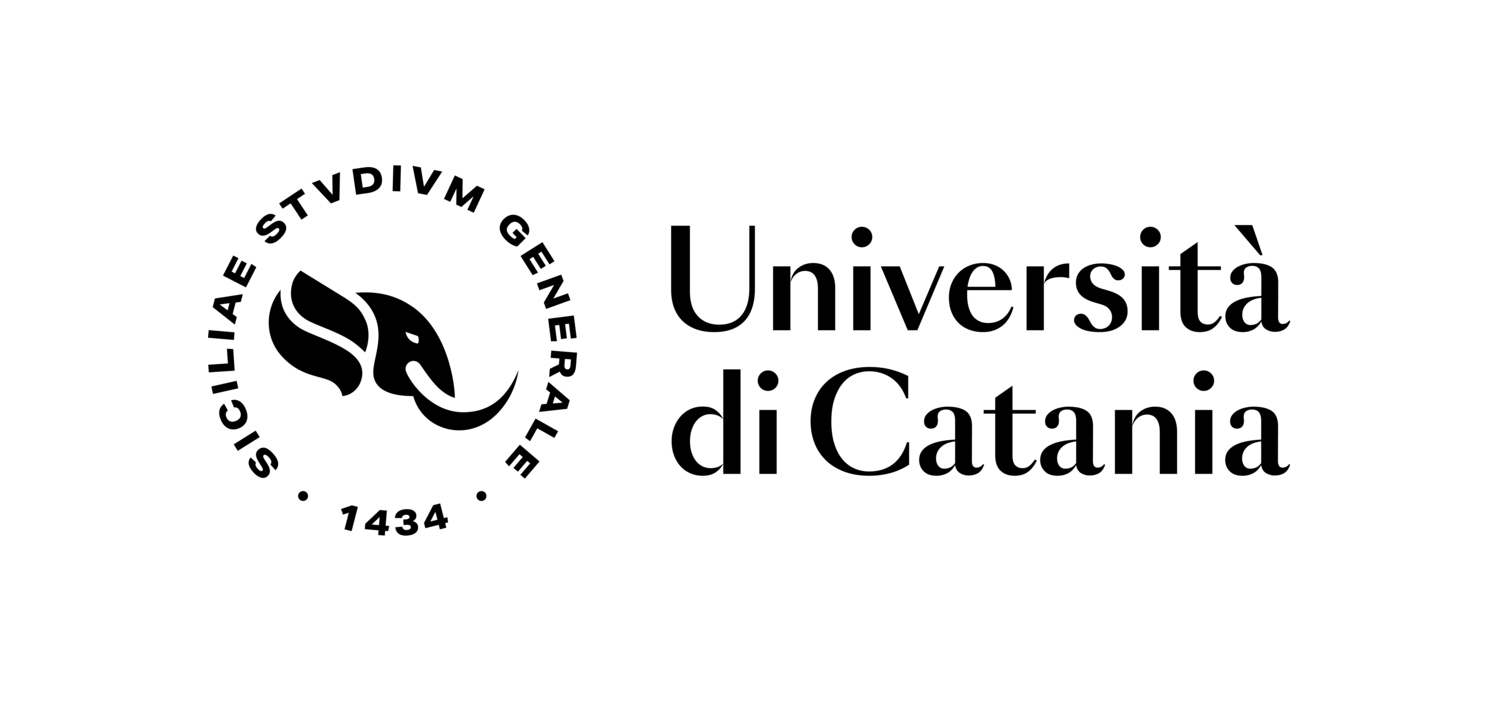 The mission of the Department of Biological, Geological and Environmental Sciences (DSBGA) of the University of Catania (UNICT) is to produce scientific research and to organize study courses and other educational activities with educational contents and objectives designed to meet the current needs of society, with particular reference to the fields of biological, geological, natural and environmental sciences. In particular, the DSBGA’s research objective is to improve the ability to produce and disseminate scientific results of international relevance. In particular, the research areas of the DSBGA concern topics related to “Environment, Health and Cultural Heritage”. The varied and complementary skills in the geological, biological and environmental fields place the DSBGA at the forefront in the analysis of environmental risks, the first fundamental step for their mitigation.
The mission of the Department of Biological, Geological and Environmental Sciences (DSBGA) of the University of Catania (UNICT) is to produce scientific research and to organize study courses and other educational activities with educational contents and objectives designed to meet the current needs of society, with particular reference to the fields of biological, geological, natural and environmental sciences. In particular, the DSBGA’s research objective is to improve the ability to produce and disseminate scientific results of international relevance. In particular, the research areas of the DSBGA concern topics related to “Environment, Health and Cultural Heritage”. The varied and complementary skills in the geological, biological and environmental fields place the DSBGA at the forefront in the analysis of environmental risks, the first fundamental step for their mitigation.
In particular, the geophysical group, belonging to the Earth Sciences area of the DSBGA, boasts decades of experience in the analysis of seismicity in Sicily, and more generally in the Mediterranean basin in close synergy with the Etna Observatory – National Institute of Geophysics and Vulcanology (INGV). These geophysical and seismic skills are now also applied to the study and analysis of microseism, i.e. the most continuous and ubiquitous seismic signal on Earth, generated by the interaction between the atmosphere, hydrosphere and solid Earth.
In this regard, the activities of UNICT in the i-waveNET project, carried out in collaboration with University of Malta and INGV, concern the acquisition of data from microseism. This acquisition is performed using temporary (with different geometries) and fixed arrays. Data acquisition is followed by their analysis with specific algorithms (for example the frequency – wave number f–k technique). The data processing allows the characterisation of the different sources of the microseism signal, and therefore the identification of the main areas of transfer of elastic energy from sea waves to the solid Earth. This information is used for the accurate choice of the subset of permanent seismic stations to be used in the monitoring system and of the microseism frequency bands to be investigated.
Furthermore, UNICT will take care of the installation of permanent seismic stations in the Sicilian sites equipped with HF radar. The seismic data are quantitatively compared with sea state information in terms of sea wave activity (from wave buoys, HF radar, altimeter satellites, hindcast maps) using different statistical techniques in the time and frequency domain (based, for example, on cross-correlation and Spearman coefficients, coherence, wavelet coherence and wavelet cross-spectrum).
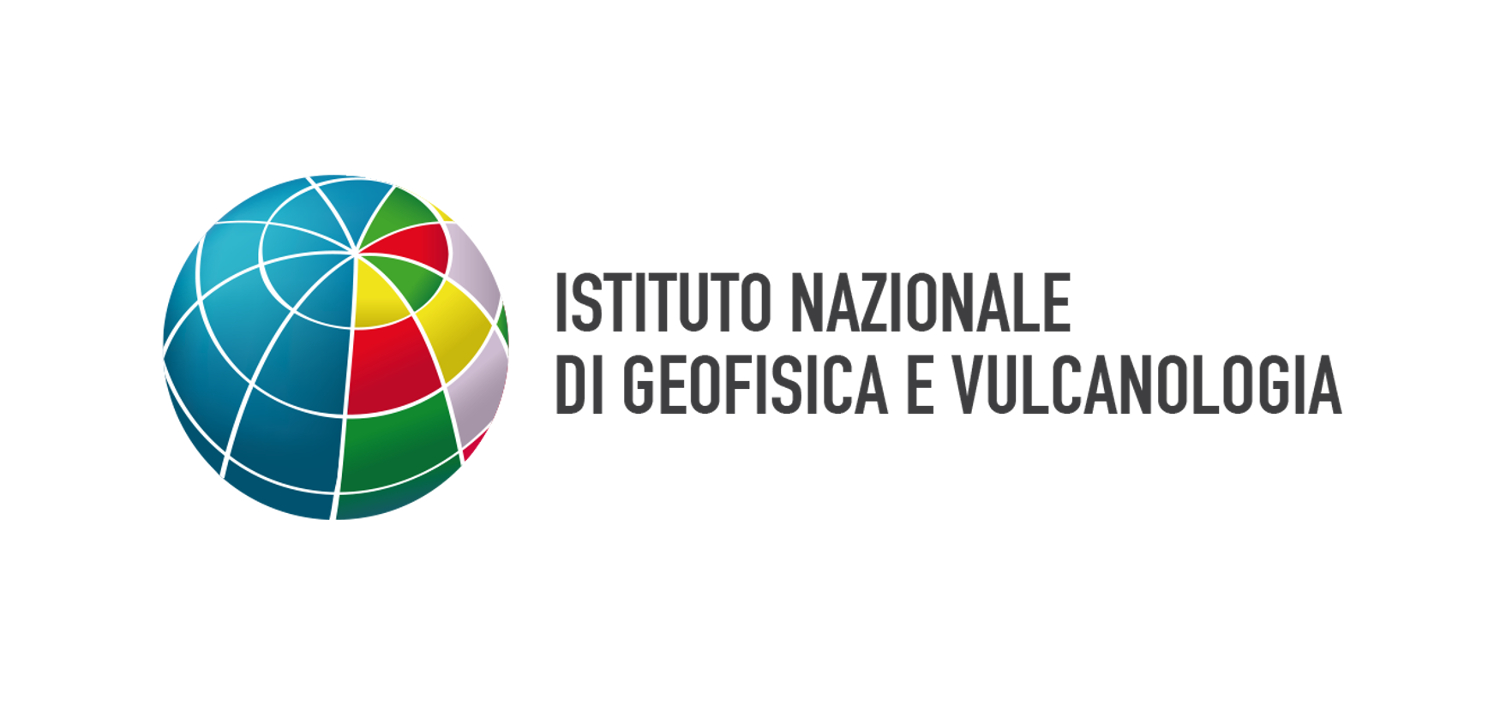 The National Institute of Geophysics and Volcanology was established in 1999 from the merger of five institutes already operating in the geophysical and volcanological disciplines.
The National Institute of Geophysics and Volcanology was established in 1999 from the merger of five institutes already operating in the geophysical and volcanological disciplines.
The institutional mandate of INGV envisages the development of scientific knowledge on the Earth System in its various phenomenologies and solid and fluid components, and mitigation of associated natural hazards.
As a member of the National Civil Protection Service, as well as the Competence Center of the Civil Protection Department, INGV is entrusted with the surveillance of the seismicity of the entire national territory and of the activity of active Italian volcanoes and tsunamis in the Mediterranean area, through the management of observation networks.
As part of the i-waveNET project, INGV puts the acquired knowledge to use: a) for real-time monitoring of environmental risks; b) for the development of machine and deep learning models, useful for linking seismic signals (microseism) to sea waves, c) for the management of the seismic network.
One of INGV’s tasks within the i-waveNET project is to provide information on microseism in real time. This signal is acquired by the stations of the permanent seismic network, managed by INGV. The seismic waveforms, acquired from a subset of specifically chosen stations, are processed with time and frequency domain analysis techniques, to provide information on the variations over time of the microseism entity for different frequency bands.
Furthermore, INGV collaborates with the University of Catania and the University of Malta in the installation of temporary and permanent seismic stations for the project objectives and is engaged in the development of a model that allows to estimate the parameters related to wave motion, by implementing a model that relates the information on sea waves obtained from observation networks (wave measuring buoys, HF radars, altimeter satellites…) with the microseism signal recorded by various stations in different bands of frequency.
Identification of the best model depends on the analysis of the data acquired in a training period. The use of techniques based on machine and deep learning is foreseen (such as random forest regression, extremely randomized trees regression, knn regression, recurrent neural networks, convolutional networks). A cross-validation phase is also foreseen.
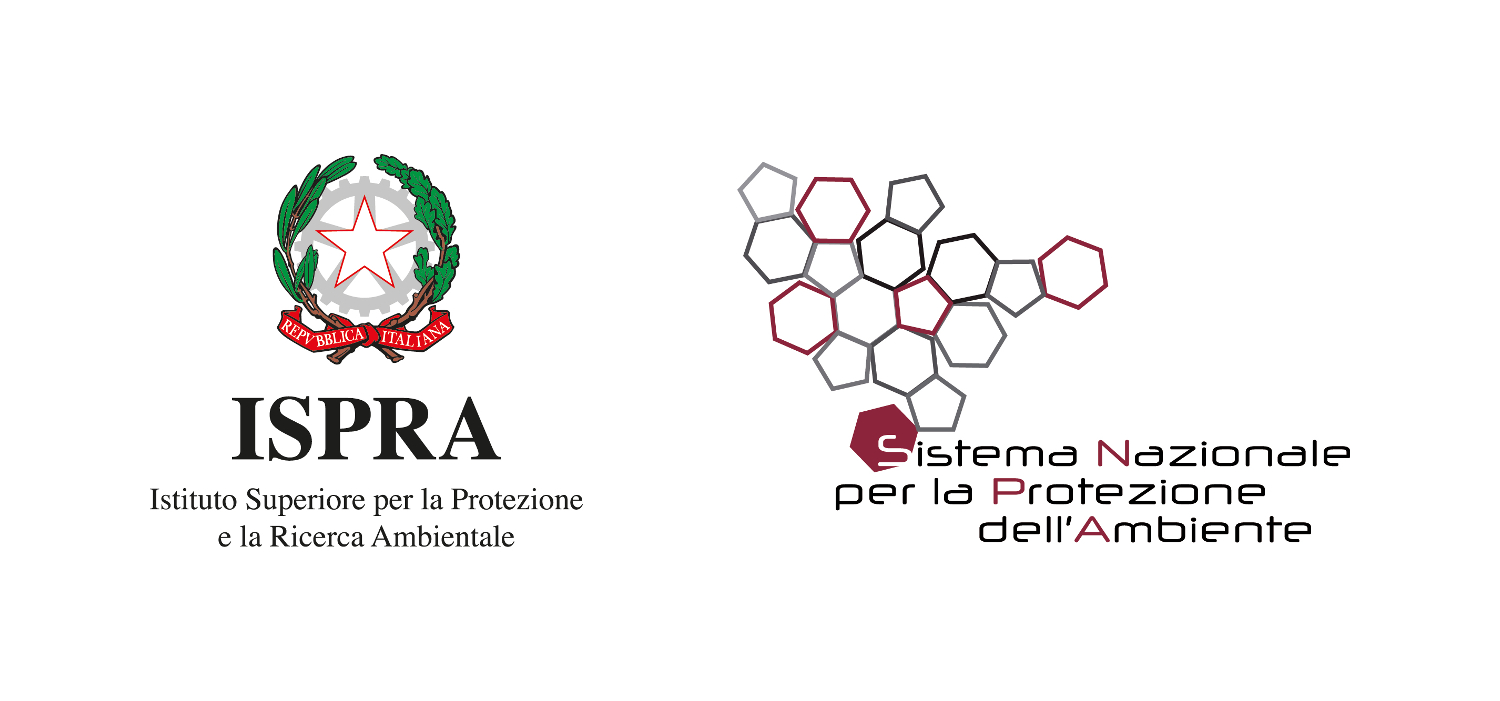 The Institute for Environmental Protection and Research (ISPRA) is a public body acting under the supervision and political guidance of the Italian Minister for Ecological Transition. ISPRA has technical, scientific, organisational, managerial, administrative and financial autonomy. The Institute carries out scientific, technical and research functions as well as evaluation, monitoring, control, communication, training and educational activities. It supports the Ministry in various environmental sectors, i.e. marine and aquatic environments, soil, air, habitats, ecosystems and biodiversity. Furthermore, ISPRA operates within the National System for the Protection of the Environment (SNPA) made up of Regional and Provincial Agencies, according to a federated system, combining knowledge and direct experience of local environmental problems with national and European policies for environmental protection. ISPRA participates in numerous projects financed by the European Union, for some of which ISPRA plays the role of coordinator.
The Institute for Environmental Protection and Research (ISPRA) is a public body acting under the supervision and political guidance of the Italian Minister for Ecological Transition. ISPRA has technical, scientific, organisational, managerial, administrative and financial autonomy. The Institute carries out scientific, technical and research functions as well as evaluation, monitoring, control, communication, training and educational activities. It supports the Ministry in various environmental sectors, i.e. marine and aquatic environments, soil, air, habitats, ecosystems and biodiversity. Furthermore, ISPRA operates within the National System for the Protection of the Environment (SNPA) made up of Regional and Provincial Agencies, according to a federated system, combining knowledge and direct experience of local environmental problems with national and European policies for environmental protection. ISPRA participates in numerous projects financed by the European Union, for some of which ISPRA plays the role of coordinator.
Within the i-waveNET project, ISPRA is mainly involved in the activities of WP3 concerning the upgrading of the already functioning observational measurement networks, as well as the installation of new observation systems.
In this context, ISPRA renovating the marine monitoring stations in the Strait of Sicily both of the National Mareographic Network (RMN), which provides data on sea level and coastal meteorology, and of the National Wave Buoy Network (RON), which provides wave and meteo data. ISPRA is installing a new station off the coast of Marina di Ragusa consisting of a directional wave buoy.
For the exclusive use of the project, the Marina di Ragusa buoy is required for the calibration and validation of the HF radars and the models for deriving the state of the sea from microseism observations. Furthermore, ISPRA deals with the integration of the available databases, with the organization, post-processing and modelling of data coming from observational systems and remote sensing. Furthermore, these data are included in the linked open data system LinkedISPRA (objective of WP4). As part of WP5, ISPRA provides technical-scientific support for the implementation of the DSS for sea state zoning, useful for maritime traffic safety.
 The Institute for the Study of Anthropic Impacts and Sustainability in the Marine Environment of the National Research Council (CNR-IAS) is a PARTNER of the project, and the scientific director is Dr. Salvatore Aronica.
The Institute for the Study of Anthropic Impacts and Sustainability in the Marine Environment of the National Research Council (CNR-IAS) is a PARTNER of the project, and the scientific director is Dr. Salvatore Aronica.
The CNR-IAS is grouped in various locations and is characterized by various multidisciplinary research groups that make it up. These have characterized the Institute by dedicating it to the study of interactions at the interface between the Anthroposphere and the Ecosphere (in marine environment).
The main research macro-themes of CNR-IAS are three: Human impacts and risks in the marine environment, Marine ecology and human effects and Operational oceanography, modeling and sensors applied to conservation.
The activities of the line of research of the group that is directly involved in the project called TESMA (Technologies and sensors in the marine environment) are mainly focused on the design, engineering, construction and management of observation and monitoring systems for the marine environment. These activities include the development of models and tools for the real-time management of wireless and wired sensor networks and remote sensing tools, such as HF-band coastal radars, which, in addition to being at the service of environmental monitoring, can contribute to the management safety at sea in case of Oil Spills and Search And Rescue. Other TESMA research activities concern the implementation of integrated and automatic systems to be installed on board ships and fishing vessels, both to make them Fishery Oceanography Observing Systems and to increase the degree of safety of on-board activities that present a high risk of danger.
The systems, services and tools developed are aimed at various stakeholders. In particular, they have been of support mainly for the Coast Guard, for civil protection and for fishermen, paying particular attention to both safety within port areas and at sea. The design and construction of some devices was accompanied by the release of industrial patents, as well as the publication of scientific articles in international journals.
Many of the research and development activities of the group have been mainly supported by the Ministry of University and Research (MIUR) through the funding of various projects.
The institute has also been involved in various cross-border cooperation programs both in the previous Interreg between Italy and Malta and with other Mediterranean countries, for the sake of brevity the projects include:
- CALYPSO: HF radar monitoring and response system to offshore oil spills in the Malta Channel;
- CALYPSO FO: HF Radar monitoring system expansion (PO Italia Malta 2007-2013), with the role of responsible partner of the HF system of Marina di Ragusa belonging to the CALYPSO network;
- CALYPSO-SOUTH: Extending Data and Services for Safer Navigation & Marine Protection.
Within the i-waveNET project, the CNR is involved in the activities involved in the various WPs. In WP3, the CNR has the task of installing a new multi-parametric sensor at the bottom in a site off Capo Granitola to complete the integrated observational network to be implemented, and also has the task of building a meteo-marine station at the port of Sciacca.
Also within WP3, the CNR, as the owner of one of the CALYPSO HF systems (installed in Marina di Ragusa), together with the UNIPA staff must deal with the pre-processing of the HF data.
In WP4, the CNR is involved with the homogenization of the HF CALYPSO data with the data coming from the other observing networks. Finally, within WP5, thanks to the skills acquired in the creation of services for various stakeholders (e.g. the Coast Guard), the CNR will contribute to the definition of the DSS system.
The project staff consists: Dr. Salvatore Aronica, Dr. Angelo Bonanno, Dr. Gualtiero Basilone, Dr. Giuseppa Buscaino, Dr. Simona Genovese, Dr. Rosalia Ferreri, Dr. Giovanni Giacalone, Dr. Ignazio Fontana, Mr. Pietro Calandrino, Ms. Francesca Cuguttu, Mr. Carmelo Buscaino, Dr. Evelyn Scicchigno.
 The Department of Geosciences within the Faculty of Science at the University of Malta (UM) aims to confront the challenges and opportunities related to sustainable development, geohazards, climate and ecosystem monitoring, resource management and technological advancement. The Department deals with interdisciplinary scientific research, with a focus on operational oceanography, seismology and geophysics, marine geology, and atmosphere and climate research.
The Department of Geosciences within the Faculty of Science at the University of Malta (UM) aims to confront the challenges and opportunities related to sustainable development, geohazards, climate and ecosystem monitoring, resource management and technological advancement. The Department deals with interdisciplinary scientific research, with a focus on operational oceanography, seismology and geophysics, marine geology, and atmosphere and climate research.
The Department of Geosciences is a national reference point for matters related to the scientific understanding of the land, marine and atmospheric environments, at local, regional and larger scales. With the launch of the undergraduate course, and a number of postgraduate student opportunities, it aspires to be also an exciting and challenging hub for student participation in fundamental studies and applied research, using the latest technologies and international opportunities.
Within i-waveNET, the University of Malta is responsible for the installation of a wave buoy, a coastal meteorological station and seismic stations, to strengthen the existing observation networks. The University participates, in collaboration with other partners, in the implementation of a Decision Support System.
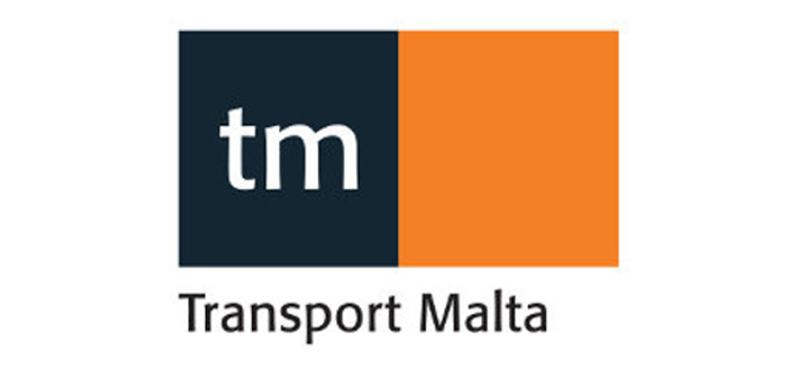 TRANSPORT MALTA is the transport authority in Malta established by Act XV of 2009. It is a Maltese government entity which aims to achieve the following objectives:
TRANSPORT MALTA is the transport authority in Malta established by Act XV of 2009. It is a Maltese government entity which aims to achieve the following objectives:
- develop integrated transport policies aimed at achieving transportation that favors public transport by adopting strategies that reduce pollution;
- ensure the development of an efficient and socially sustainable public transport system in Malta;
- promote Malta’s civil and maritime aviation facilities and the registration of new ships and aircraft in Malta;
- promote policies that favor the development of Malta as a maritime hub in the Mediterranean and as a port center of the European Union;
- encourage measures for the development of civil aviation and ancillary services, and in particular of passenger and cargo air transport services;
- ensure that the administration, services and operations of ports and nautical centers in Malta are more efficient and cost effective;
- provide a solid financial basis for the Authority to be able to achieve the performance and investment objectives;
- standardize practices in the transport sector in Malta in line with international standards and those of the European Union.
Given the mission, the role undertaken will be to participate actively in the activities of WP5 since TM is not only a partner but also a stakeholder of i-waveNET.
Given its experience in various working groups oriented towards blue growth, TM will provide useful advice for the development of the DSS. Furthermore, it will be able to actively engage in communication activities directed towards other Maltese and Italian government bodies in order to alert other stakeholders on the basic knowledge and decision support tools that i-waveNET intends to implement.
During the WP5 activities, it will provide data related to navigation routes, both current and future, suggesting the appropriate dimensions of the marine climate zoning areas. Furthermore, as the main Maltese stakeholder, TM will provide appropriate feedback for the DSS project, testing the services generated by the project, integrating these services into national strategies and for their exploitation.
